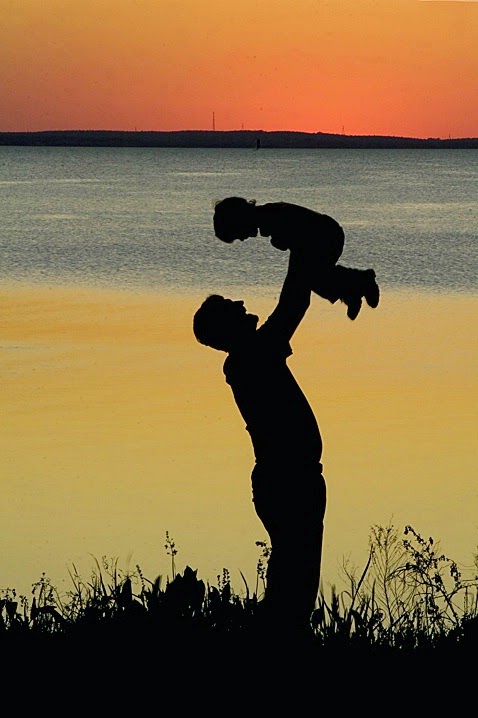ARE YOU A SINDHI? Read this if you are NOT.
And if you get a response in the affirmative what exactly comes to your mind? In all likelihood, the oft repeated saying, “If you see a Sindhi and a snake, kill the Sindhi first”, would come to your mind. OK, firstly the objective of this blog post is not to do any chest thumping but to present some hard facts and help dispel some myths, misconceptions and beliefs about Sindhis. Now that I have mentioned it, let’s start with the surname only. Each surname actually identifies the family from where one originated. In all likelihood, my ancestor was called ‘Kaku’ and ‘Kakwani’ is how his family gets identified which would translate into 'belong to the family of Kaku'. Incidentally, my grandfather’s surname was ‘Kaku’ which my father changed to ‘Kakwani’. The family of ‘Lalchand’ would be ‘Lalchandani’ and so on. This means, if I come across another ‘Kakwani’ there is a 100% chance that we have common ancestors.
When you come across the word ‘Sindhi’, what do you understand by it? Is it a religion? Or is it a caste? Well, it is neither. Sindhi is someone who is a domicile of the state Sindh, just like a Maharashtrian is from Maharashtra state or an Assamese is from the state of Assam. One can be a Hindu, a Muslim or a Christian and still be a Maharashtrian. Right? Similarly, a Sindhi can be a Hindu, a Muslim or even a Sikh. Jhulelal (see pic) is a saint revered by Hindu Sindhis whose birthday is celebrated as Chetichand that coincides with the first day of Hindu month of Chaitra or beginning of the Hindu New Year.
The state of Sindh which is now completely a part of Pakistan shares it borders with Balochistan in the West, Punjab in the North and Gujarat in the East so there are Muslim Sindhis (Afghans coming in through Balochistan), Sikh Sindhis (those who got influenced by Guru Nanak) and Hindu Sindhis (those living near Kutch in Gujarat state of India). Genetically Sindhis have 60% DNA originating from Europe.
Incidentally there
are 3.3 crore Sindhis in Pakistan and only 38 lac in India. Yes, that’s
right. There are only 38 lac Sindhis in India. That’s a measly 0.3% of India’s
population. That’s 1 in every 300 Indians. How’s that possible? You wonder.
Since I am sure you know a few Sindhis yourself and they seem to be everywhere. The reason can be attributed to Sindhis not having their home state in India and inherently most humans do not leave their home towns or states.
In India, Kutch comes closest to the Sindhis. Kutchi
language is quite similar to Sindhi and even their surnames might be ending
with ‘ani’. Talking about language, do you know that the Sindhi script is
Arabic? Yup. It looks exactly like Urdu with very similar alphabets and is
written from right to left. توهان ڪيئن آهيو؟ .That’s ‘How are you? in Sindhi.
Few Sindhis across the world are desperately trying to keep the language alive
but when I look at the next generation (and to our generation to a large extent
as well), the writing is on the wall (and the writing is NOT in Sindhi).
While we now see a few Sindhis as professionals, some of
them quite popular as well, you are right in your belief that most Sindhis are
business people. Historically Sindhis have been traders and would be mostly on
the move. This also led to most Sindhi food being eminently palatable, even
tastier, when cold. The GDP of the Sindh state in Pakistan is three times that
of the national GDP. While I could not find similar data for Sindhis in India,
I am sure it would be similar or maybe even more. In fact, most billionaires in
India today once resided in Sindh.
Finally, as a community, Sindhis are quite evolved, liberal
and progressive. There is no purdah or ghoonghat. Even as a child, I had witnessed
women sharing drinks with men. Fathers would generally offer the first drink to
their sons. Most rituals are based on pragmatism - my parents sat on chairs
while performing their marriage rites as it was more comfortable.
And yes, “If you see a Sindhi and a snake, kill the Sindhi
first”, is a valuable advice which you shouldn't ignore outright. 😊



Excellent explanation about Sindhis, I am really impressed with hard work of sindhis community.
ReplyDelete:-)
Delete